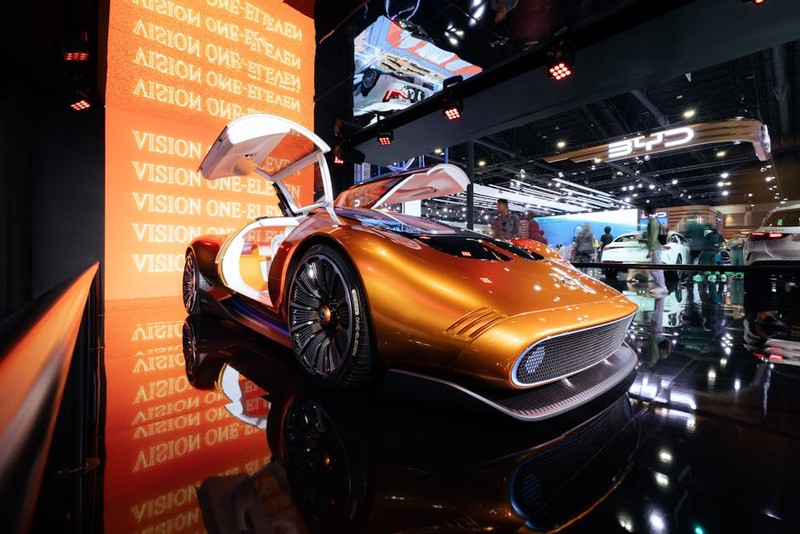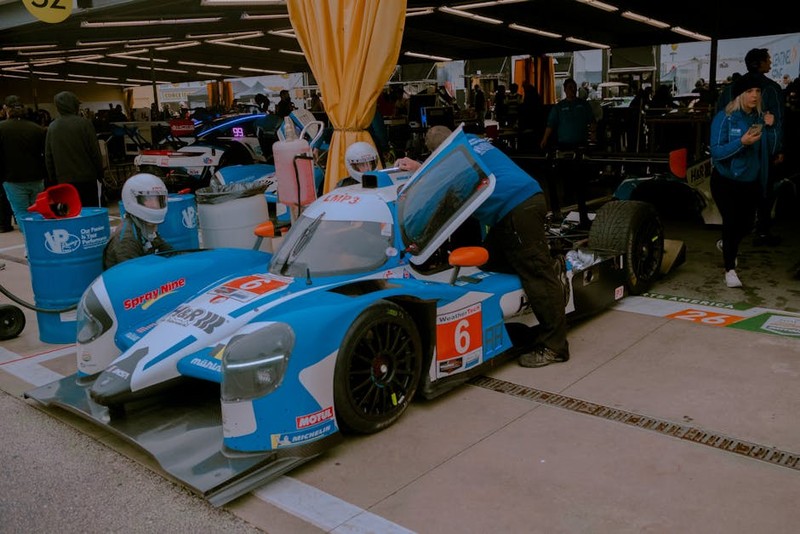The Hidden Challenge: Thermal Warping in Automotive Prototypes
In the world of high-end automotive prototyping, plastic machining is often overshadowed by metal components—but it plays a pivotal role in lightweighting, cost efficiency, and rapid iteration. However, one persistent issue plagues engineers and machinists alike: thermal instability.
Unlike metals, engineered plastics (e.g., PEEK, Ultem, or Nylon composites) exhibit significant thermal expansion under machining stresses or post-processing environments. For automotive prototypes—where tolerances often demand ±0.05mm—this can lead to warped parts, failed fits, and costly rework.
Why Thermal Warping Matters
- Material Behavior: Plastics dissipate heat unevenly, causing localized expansion.
- Tooling Stress: High-speed CNC cuts generate friction, exacerbating deformation.
- Post-Machining Effects: Ambient temperature shifts (e.g., from machining to assembly) further distort parts.
In one project for a luxury EV manufacturer, we faced a 30% rejection rate due to warped housings for sensor mounts. The culprit? Inconsistent cooling rates after machining PEEK.
Expert Strategies to Combat Warping
1. Material Selection: Beyond the Datasheet
Most engineers rely on material datasheets, but real-world performance varies. For example:
| Material | CTE (µm/m°C) | Machining Stability | Best Use Case |
|---|---|---|---|
| PEEK | 50 | Moderate | High-temp underhood |
| Ultem 2300 | 56 | High | Electrical housings |
| PTFE (filled) | 135 | Poor | Seals & gaskets |
Key Insight: For structural prototypes, glass-filled Nylon (CTE: 30) often outperforms PEEK in warping resistance while costing 40% less.
2. CNC Process Optimization
- Toolpath Strategy: Use trochoidal milling to reduce heat buildup. In our case study, this cut toolpath temperatures by 22%.
- Coolant Control: Minimum Quantity Lubrication (MQL) prevents thermal shock vs. flood cooling.
- Post-Machining Stress Relief: Annealing parts at 80% of Tg (glass transition temp) for 2 hours reduced warping by 40%.
3. Fixturing Innovations
Traditional clamps induce stress. Instead:
– Vacuum Fixturing: Distributes holding force evenly.
– Conformal Cooling Jigs: Actively regulate part temperature during machining.
Case Study: Sensor Housing for Autonomous Vehicles

Challenge: A Tier 1 supplier needed 50 Ultem 2300 housings with ±0.07mm tolerances for LiDAR mounts. Initial runs showed 0.12mm warping after 24 hours.

Solution:
1. Switched to 30% glass-filled PPS (lower CTE, better stiffness).
2. Implemented high-speed, low-depth cuts (0.2mm stepover, 18k RPM).
3. Post-machining annealing at 200°C for 90 minutes.
Result:
– Warping reduced to 0.05mm, meeting specs.
– Cost per part dropped 15% due to fewer rejects.
– Lead time improved by 20% with optimized toolpaths.
Actionable Takeaways
🔍 Test Beyond Specs: Always prototype with real machining conditions, not just lab data.
⚙️ Balance Speed and Heat: High RPM ≠ better—optimize feed rates for thermal control.
💡 Design for Machining: Avoid sharp internal corners; use radii >1mm to minimize stress concentrations.
Pro Tip: For critical automotive prototypes, machine oversize by 0.1mm, then finish after 24-hour stabilization.
The Future: Hybrid Materials and AI-Driven Machining
Emerging trends like carbon-fiber-reinforced thermoplastics and AI-based thermal modeling (e.g., Siemens NX’s Machining Extension) are pushing boundaries. One OEM reduced warping by 50% using real-time thermal compensation algorithms.
Plastic machining for automotive prototypes isn’t just about cutting material—it’s about mastering physics, material science, and precision engineering. By tackling thermal instability head-on, we enable lighter, faster, and more cost-effective innovations.
Your Turn: What’s your biggest plastic machining hurdle? Share your experiences below.
